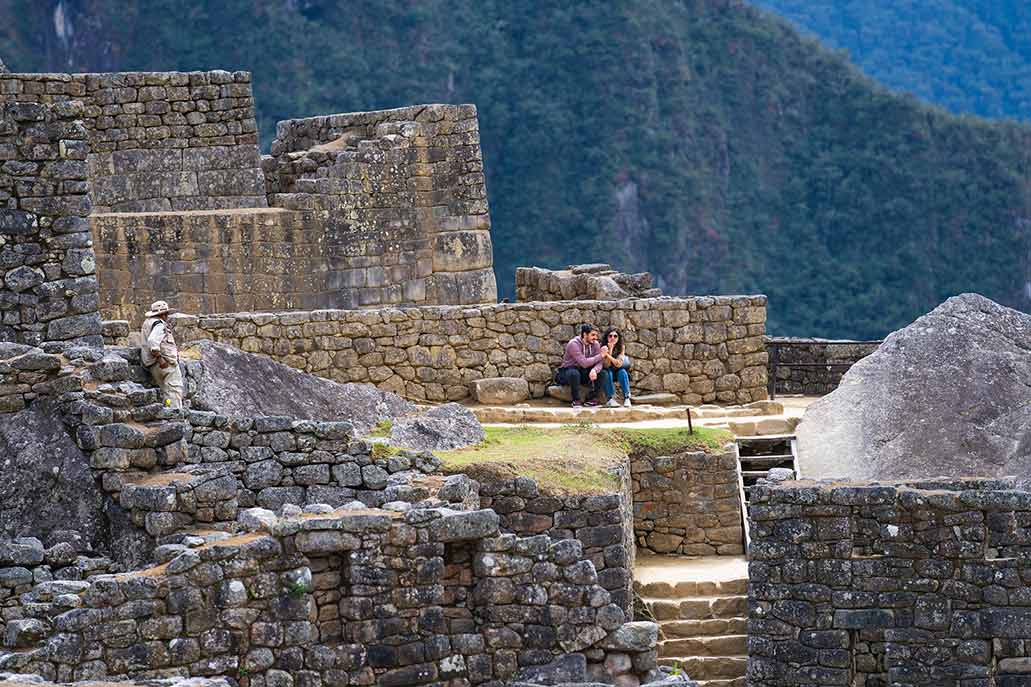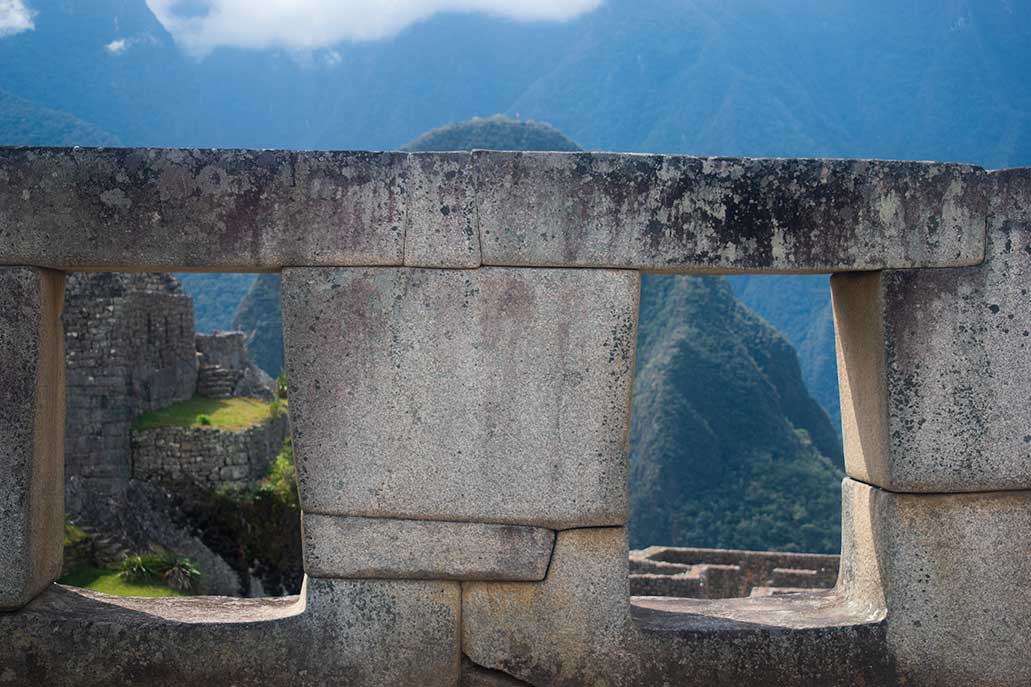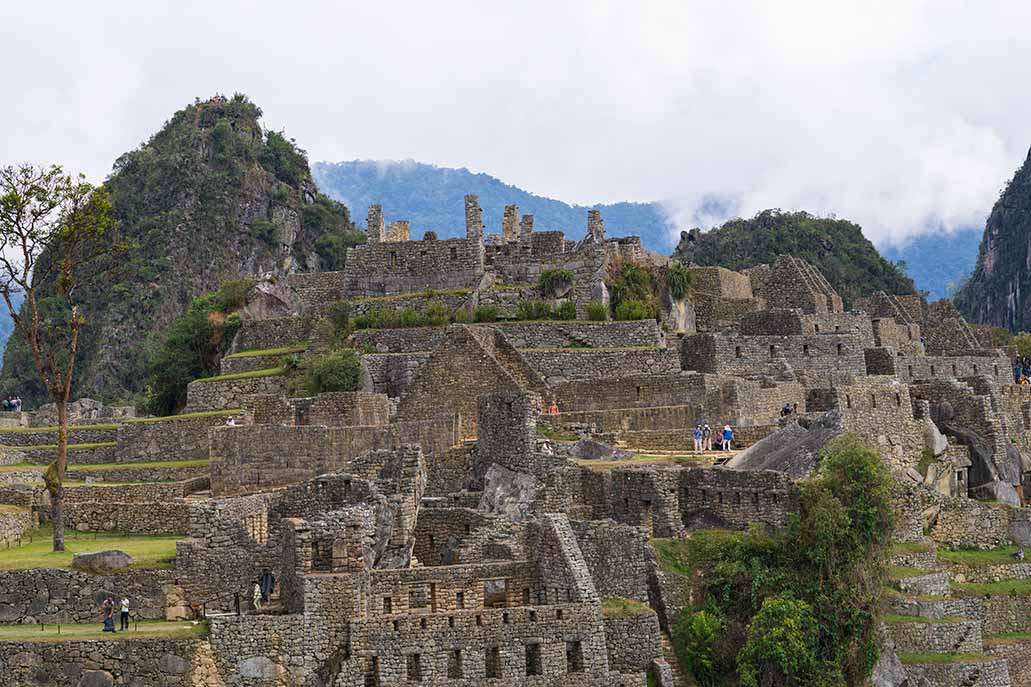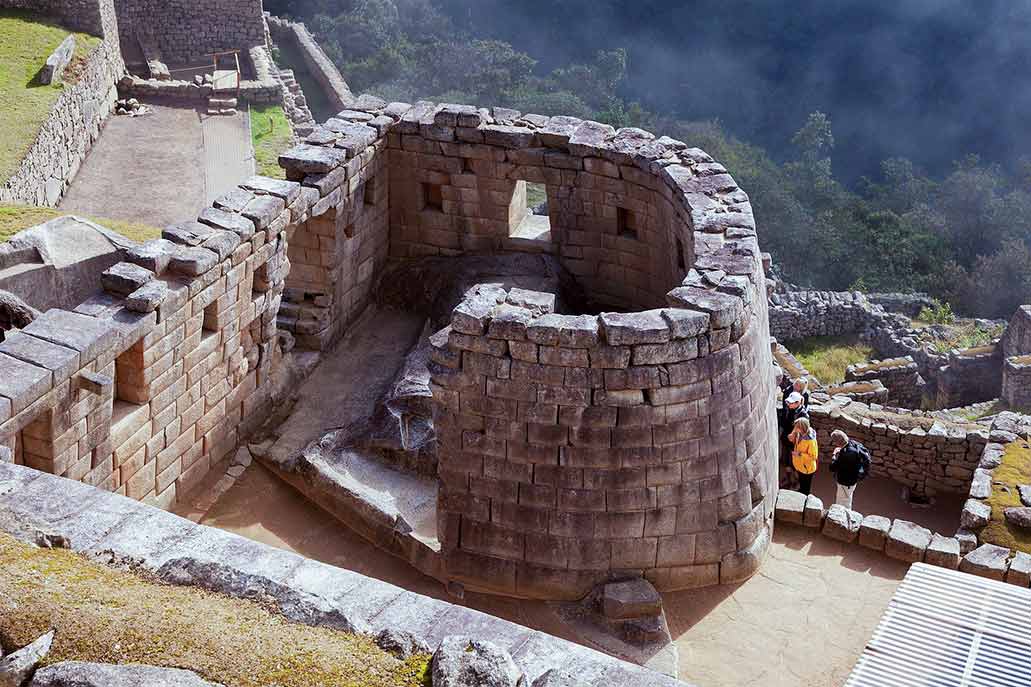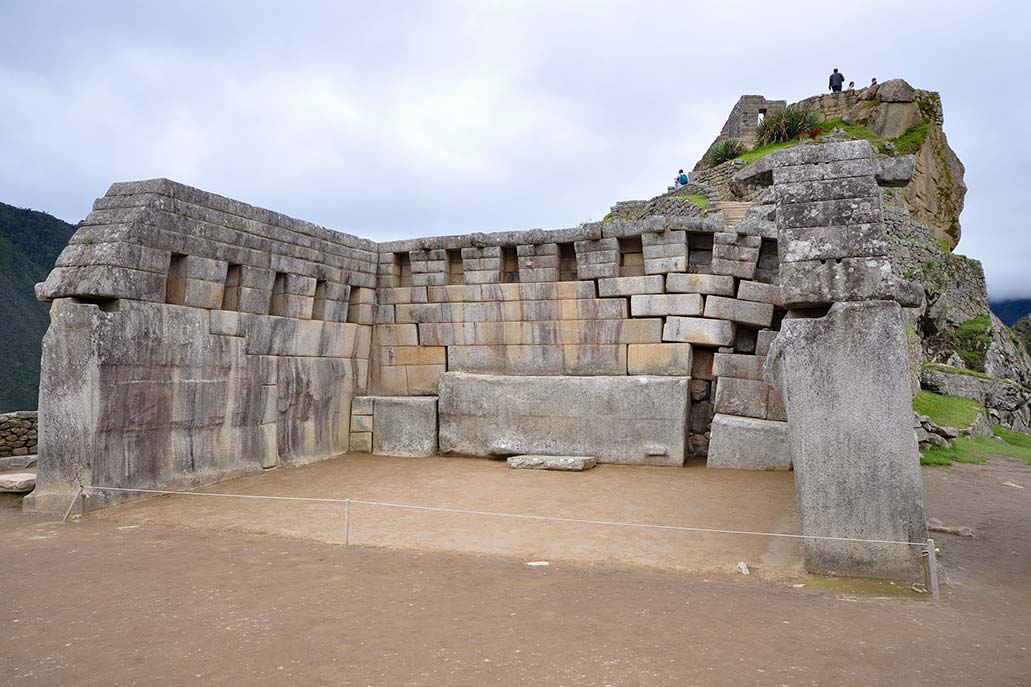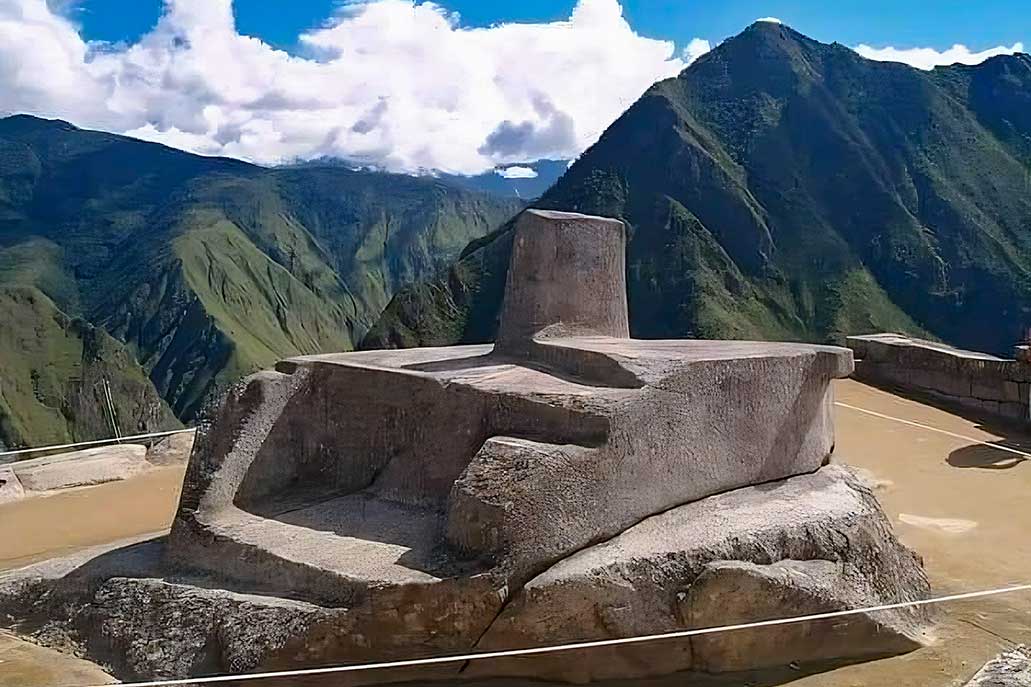The 3 most imposing temples of Machu Picchu that you can not miss
The tour of Machu Picchu can take you through many constructions. Within it will highlight the presence of 3 sacred buildings that are considered the most important temples of Machu Picchu. These temples have different dimensions and particularities that impose them in front of the rest of the other buildings and the rest of the temples. For this blog we believe that the three temples, in question, meet a particular beauty because they are imposed before the rest of the buildings. We will know more about these constructions, the particularity of the buildings and how it is possible to visit them during the tour of Machu Picchu. Let’s begin.
Content
Inca architecture
Inca architecture is characterized by the accuracy of its forms. That is to say, by the millimetric precision in the measurements of its perimeters. Also in the interception of the stones used for the walls of the constructions. All these details give it a truly surprising solidity.
The Inca constructions have a particular symmetry that allows all the constructions, despite having large stones in their composition, to blend harmoniously with their surroundings. This generates a singular harmony and sanctuary-like appearance within the entire enclosure and the natural surroundings.
There are many who cannot think of a clear way about the elaboration of these constructions. Especially, the style used can be seen in the sacred temples. This characteristic can be seen in all the constructions that are related to temples.
Among the main materials used, the presence of stones will stand out, although, in normal constructions such as houses and warehouses, the stones were adapted with mortar or similar. However, in the sacred temples, stones were strictly used. Hence, these types of constructions have, in addition to stones and larger dimensions, carved and particular shapes in the form of puzzles.
Another characteristic of Inca constructions is their symmetry. They all obey a much larger pattern. It is said that Cusco had the shape of a puma. This figure was formed by detailed urban planning. In this, it will also highlight the presence of platforms, such as retaining walls and water filtration. Likewise, some water channels.
All these particularities can be seen in the constructions that shape Machu Picchu. That is why we want to talk about some of the temples that have a more stylized style and at the same time, give them particularities that stand out compared to the rest of the place. Now let’s see a particular style of the temples.
Imperial style in Machu Picchu
As for the constructions we want to talk about, we can find the Inca architectural style known as Imperial Style. Surely because its presence is given in the main temples of all the Inca citadels.
The imperial style is characterized by large stones that have a particular finish. This finish has a style without openings or intersections. Very different from the pillowed styles that also obey singular patterns in the Inca walls. That is, the walls follow the cobblestone style, but with different pieces from each other.
In Machu Picchu you can find this unique style in some of the buildings. Mainly in the constructions that stand out for their location in the Hanan sector. The temples in this sector have. Unlike other walls, these are more elaborate and precise. In addition, the Hanan, it is quite simple to identify them because they are located in an area above the rest of the simpler constructions.
As we mentioned these temples are all very close to each other. In this sense, in order to appreciate them in a better way, it will be important to take the tour with the entrance ticket llacta of Machu Picchu or the Inca Bridge Ticket + Machu Picchu. Both tickets allow direct entry to these constructions.
The temple of the Sun
The Temple of the Sun is an imposing construction that is located on a large stone. This stone seems to have a horizontal and perpendicular cut. On this flatter cut a continuous wall can be found that instead of having a corner. This makes that the stones of a corner, have a curve. In this sense it seems that this temple has the shape of the letter “D”.
The stones used are finely carved. Precisely of the imperial style detailed above. The larger stones are found at the base of the building. This small enclosure has something that attracts a lot of attention. We are talking about the niche that is formed right at the base of the large stone.
This niche seems to have a religious role. Although, for a while, it was thought that it was a niche and where probably, would be the mummy of Pachacutec. This seems to be only a legend that can be disproved according to some studies that were carried out on the temples in Cusco. Where there would be an ideal construction for each of the Incas. But that is another story.
Inside the Temple of the Sun of Machu Picchu, a large carved stone can be found. It is probably the continuation of the base stone. Everything seems to indicate that the stone has a strong relationship with the windows that have the walls. When the solstices arrive, they can generate shadows in certain parts of the carved stone.
Mention also that the Temple of the Sun is to be the most important because it would begin to make decorations with gold plates. In this way, during the sunny days the brightness of the temple, would be unimaginable, The Sun, according to the mythology of the Incas was the main deity capable of giving life.
The main temple
The Main Temple of Machu Picchu is considered that way because it serves as a link to other temples and also in it is also the base of the pyramid of Intihuatana. Also nearby you can find the famous House of the Priest and also the Temple of the Three Windows.
Everything seems to indicate that all these constructions had an intimate relationship with the Inca ceremonies. This is because the Main Temple has details that make you think that. The stone platform that has and also forms part of the wall and access to the esplanade of the enclosure, near the Plaza Pisonay.
Inside this construction, some significant figures such as the chacana can be found. The remains of these signs seem to indicate that the walls were finely decorated. In addition, this Main Temple is considered a “Huayrana” that would have an intimate relationship with the wind and is closely linked to the ceremonies.
The walls of this construction are composed of large stones for the foundations. The rest of the stones are very similar to those that can be seen in the Temple of the Sun, in such sense, they have the imperial style. Something that adds an important religious value.
Although these walls have suffered some damage due to the displacement of the earth. It is possible to perceive that it has great importance for its size and height. Which positioned it above the rest of the constructions of the place. Just at the back of this construction are the stairs to reach the famous Intihuatana. This construction is part of a pyramid.
The Intihuatana
Inside Machu Picchu and near the main temples, you can find a pyramid of regular size. It can be accessed by a staircase that is very close to the platform that forms the pyramid.
Along these short stairways, you can find finely carved stones. At the top of the pyramid, all the constructions are entirely of this type of stone. The main attraction is a stony stone that is carved unconventionally. So far, the motif of this stone cannot be established.
This stone is called Intihuatana because it is believed that the carved figure serves as a solar calendar. In this sense, it is mentioned according to some theories, that the name it has is suitable. The sense that, Intihuatana, would come from two Quechua voices “Inti” and “katana” could be translated as “where the sun is tied”. Making direct allusion to the shadows that make the sun about the stone.
Like the rest of the constructions with carved stones of the imperial type. They are located in the Hanan sector or area of Machu Picchu. From there, its importance is presumed. According to some forms that can be perceived in the stone in question, it is presumed the form of the mountains that surround them.
In this sense, it would be an enclosure of great importance and a point of worship. The stone also manages to coincide with the 4 directions or cardinal points. It is also believed that the stone could announce the exact date to start planting and even the harvest time. Likewise, it can be established that it could determine the day or date.
The Intihuatanas existed in each of the Inca towns. For example, one can be found in Ollantaytambo and another in Pisac. It is presumed that a large one was in Cusco. All these Intihuatanas are located on the top of mountains. So also, it is presumed that it was a stone to make some sacrifices.
Frequently asked questions about Inca constructions
Where can I find stones similar to Intihuatana in Cusco?
Currently, in Cusco, you can not find this type of stone. The particular carving of the Intihuata highlights its shape over the rest of the Inca stones. There are some carved stones in archaeological sites, but all of them are in distant places from Cusco. One can be found in Pisac and the other in Ollantaytambo.
Is it possible to visit all the temples shown in the blog?
As we mentioned it is important that, to see these sites, you need to enter Machu Picchu with the entrance tickets of Llacta to Machu Picchu and the entrance ticket that includes the Inca Bridge hike. It is important to know that the entrance to the Intihuatana is only until 10:00 in the morning.
How far in advance should I reserve my ticket?
It is advisable to purchase entrance tickets to Machu Picchu 4 months in advance. This time will allow you to better plan your trip. In case you make the reservation with little time, it is likely that you will have to limit your entrance to the available schedules. This can greatly modify your plans.
Is it possible to take pictures in these enclosures?
Of course, during the organized tour that the circuits allow, all visitors have time to listen to a proper explanation from the guides and also to take a few pictures. The photos in the Intihuatana have to be taken so as not to obstruct the free transit.
How long do the tours in Machu Picchu take?
The average tour time for the entire Machu Picchu has an average duration of approximately 90 minutes. Sometimes the tour can be extended up to 150 minutes. That is, 2 hours and 30 minutes. That is the average time for the tour of the wonder of the world alone.
